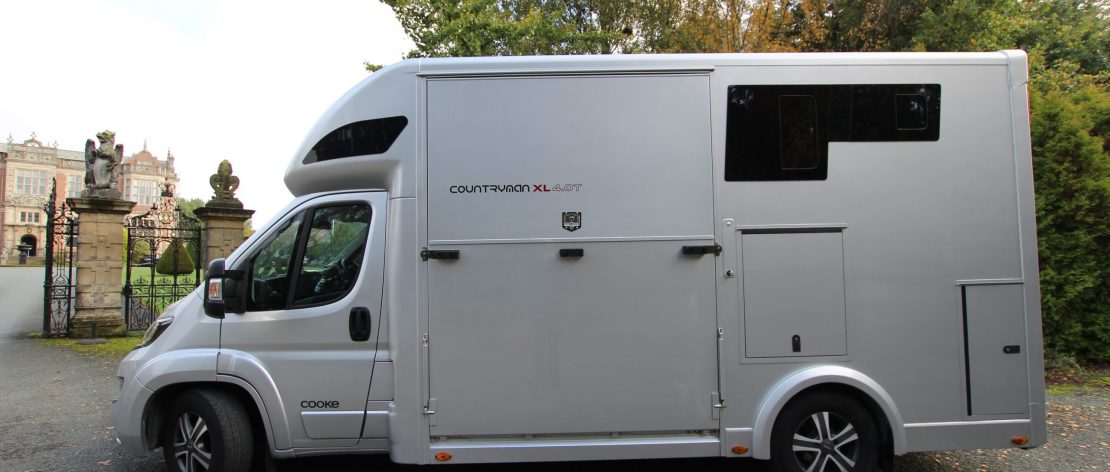Whether you use your horsebox for leisure, competing or as a commercial vehicle, nobody wants to have to carry out horsebox repairs. Unfortunately, the nature of these vehicles which are heavy, do long distances and ride over rough terrain, means that they quite often suffer damage or wear and tear that can inhibit their functionality if left unchecked. Just like any other investment, the correct maintenance and care can help to ward off costly horsebox repairs!
Regular Inspections
Regular inspections should be carried out to keep tabs on the visible condition of components of the horsebox. It’s vital to remember that a horsebox is not just a vehicle but is also a living area and transportation haulier and so an unflinching eye must be cast over all areas. Checking the engine and mechanics for rust, frayed wiring or water damage is key, while ensuring the appliances are all in safe working order in the living quarters. In the horse, area establish if there are any signs of damage on the floor or walls that could potentially hurt the animals or make their journey uncomfortable. Spotting signs of damage early means you can carry out menial horsebox repairs before they deteriorate further.
Seasonal Usage
One of the mistakes many horsebox owners make is to store their vehicles after the season is over and as the cold weather starts to draw in, but this can result in malfunctions in the spring. Even if you’ve safely stored it in a garage away from the corrosive rain, snow and wind, the engine of a vehicle needs to be run consistently in order to stay lubricated and functional. We recommend running your horsebox for at least 10 minutes every week to keep things going and avoid the need for horsebox repairs.
